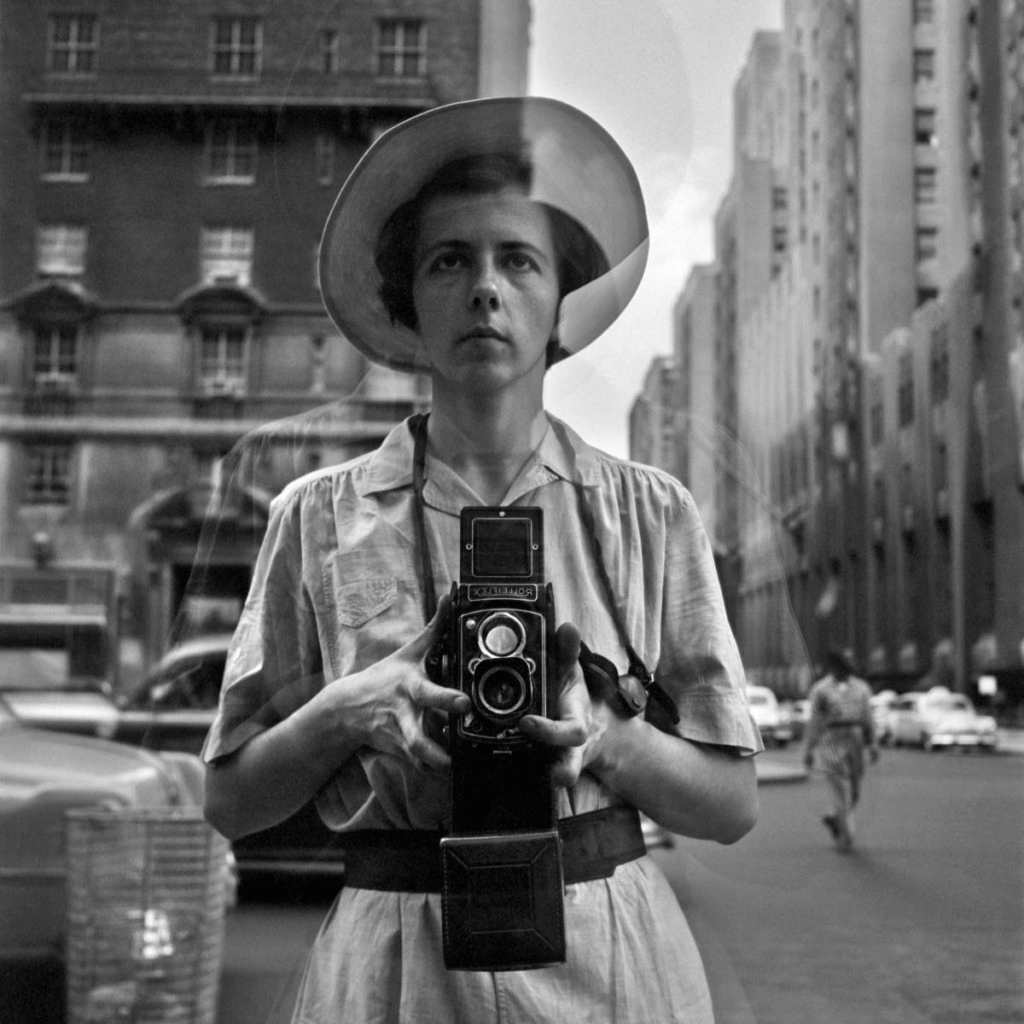The Buzz on Framing Streets
Wiki Article
Framing Streets - The Facts
Table of Contents6 Simple Techniques For Framing StreetsThe 7-Minute Rule for Framing StreetsNot known Facts About Framing StreetsFraming Streets for DummiesNot known Factual Statements About Framing Streets Framing Streets for Dummies
Photography category "Crufts Canine Show 1968" by Tony Ray-Jones Street photography (additionally sometimes called candid digital photography) is photography performed for art or inquiry that features unmediated possibility experiences and arbitrary cases within public locations, typically with the purpose of capturing images at a definitive or emotional moment by cautious framework and timing. 
His boots and legs were well defined, yet he is without body or head, due to the fact that these were in motion." Charles Ngre, waterseller Charles Ngre. https://worldcosplay.net/member/1702028 was the first digital photographer to attain the technological elegance needed to sign up individuals in activity on the street in Paris in 1851. Photographer John Thomson, a Scotsman dealing with reporter and social activist Adolphe Smith, released Street Life in London in twelve month-to-month installments starting in February 1877
The Basic Principles Of Framing Streets
Eugene Atget is related to as a progenitor, not since he was the very first of his kind, however as an outcome of the popularisation in the late 1920s of his document of Parisian roads by Berenice Abbott, that was influenced to embark on a similar documentation of New York City. [] As the city established, Atget aided to promote Parisian streets as a worthy topic for photography.
Getting The Framing Streets To Work
The chief Mass-Observationists were anthropologist Tom Harrisson in Bolton and poet Charles Madge in London, and their very first record was produced as guide "May the Twelfth: Mass-Observation Day-Surveys 1937 by over two hundred onlookers" [] Home window cleaner at Kottbusser Tor, Berlin, by Elsa Thiemann c. 1946 The post-war French Humanist School photographers discovered their subjects on the street or in the diner. Between 1946 and 1957 Le Groupe des XV every year exhibited work of this kind. Andre Kertesz. Circus, Budapest, 19 May 1920 Street digital photography developed the significant material of two exhibits at the Museum of Modern Art (Mo, MA) in New York curated by Edward Steichen, 5 French Professional Photographers: Brassai; Cartier-Bresson, Doisneau, Ronis, Izis in 1951 to 1952, and Post-war European Digital Photography in 1953, which exported the concept of road digital photography worldwide.
3 Simple Techniques For Framing Streets
The recording machine was 'a concealed video camera', a 35 mm Contax hidden below his coat, that was 'strapped to the breast and connected to a lengthy wire strung down the ideal sleeve'. Nevertheless, his job had little contemporary influence as as a result of Evans' level of sensitivities regarding the originality of his job and the personal privacy of his subjects, it was not published till 1966, in the publication Numerous Are Called, with an introduction composed by James Agee in 1940.Helen Levitt, then a teacher of little ones, associated with Evans in 193839. She recorded the transitory chalk drawings - photography presets that belonged to kids's road culture in New york city at the time, along with the children that made them. In July 1939, Mo, MA's new photography section included Levitt's work in its inaugural exhibitionRobert Frank's 1958 book,, was considerable; raw and often indistinct, Frank's photos examined mainstream photography of the time, "challenged all the formal policies laid down by Henri Cartier-Bresson and Walker Evans" and "flew in the face of Learn More Here the wholesome pictorialism and genuine photojournalism of American magazines like LIFE and Time".
Report this wiki page